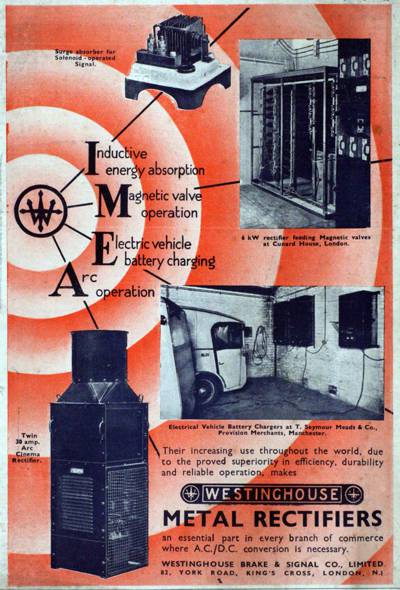Industrial Islington
Working and Living by Islington's Canal
Our temporary exhibition for spring 2020 has moved online during the temporary closure of the museum due to coronavirus.

The Regent’s Canal in Islington has been a source of livelihoods, recreation and relaxation for two hundred years. Much has changed over that time on the canal’s banks, but the waterway is a constant, influencing the places it runs through and providing a familiar landmark.
The Young Actors Theatre Islington, with support from the National Lottery’s Heritage Fund and London Canal Museum, traced the canal’s heritage in 2019. Led by community historian, Carolyn Clark, and a group of volunteers, they gathered stories, photos and information about the Islington reach. Many locals such as Fred Rooke still call it the Cut: ‘I keep saying canal but it’s not a word we used when we was kids, we only knew it as the cut. Nobody ever said shall we go down the canal, it was shall we go down the cut.’ Ernie Philips explained: ‘they cut the ground, that’s why they call it the cut.’
The rich history of the Islington stretch of the canal is revealed in this exhibition, including some of its industrial past and the memories of people who worked and lived by it.
Battlebridge Basin

When Battlebridge, or Horsfall Basin was built in around 1823-25, it was dominated by timber and builders’ yards and a flour mill. Since then it has contained businesses as diverse as Plaistowe Jams and Dickenson’s paper. Pre-war, a regular service of canal boats passed between Dickenson’s warehouse and their papermill in Croxley. Boats also delivered huge rolls of paper to printers and wallpaper makers. Haywards Artistic Wallpapers came to Arlington Street in 1894 where they pioneered stencilling rather than hand blocking patterns. Carlisle and Clegg were ‘Paper Stainers’ on City Road Basin in the same period.

From the right of this photograph of Battlebridge Basin in 1969 are: Westinghouse Brake and Signal Company, engineers for railway and road; Robert Porter & Co Ltd bottling company; Dickenson’s Paper suppliers, and Plaistowe’s jam factory. Then a former corn and salt factory; a former corn mill, Carlo Gatti’s ice house, now London Canal Museum; Haggis & Co. timber yard.
Tony Byfield, canal tractor driver, delivered to Porter’s in Battlebridge Basin: ‘We used to take Guinness in barrels, we’d get it in rather like mulch and you shot it into their tug and he’d take it up the basin, which was very nice cos then you’d sit on the tug and you got a pint of proper Guinness. It was just ‘have a drink’, but you must sit on the tug and drink it because it was a bonded warehouse.’ Ada Fisher worked at Porter’s: ‘Deliveries were made as far away as Margate, Clacton and Southend Kursaal. Beer was exported via barge to Holland and Denmark from the canal basin at the back. Mainly India Pale Ale. Customs and Excise were based in a small office in Wharfdale Road to monitor movements of such.’



‘Barging through London’ described the scene in 1885: ‘Thorley’s Food for Cattle stares us in the face from huge signs, and its huge works stretch along the canal. Continents of timber and sierras of cement darken the sky; a basin widens out on the right, with its usual wharves and warehouses; it is the Battlebridge ‘Wide’. Past it and past rows of neat little houses, under the Caledonian Road Bridge, and ahead of us rises a hill, at its foot the open mouth of Islington Tunnel.’ Below: Aerial view, 1921




